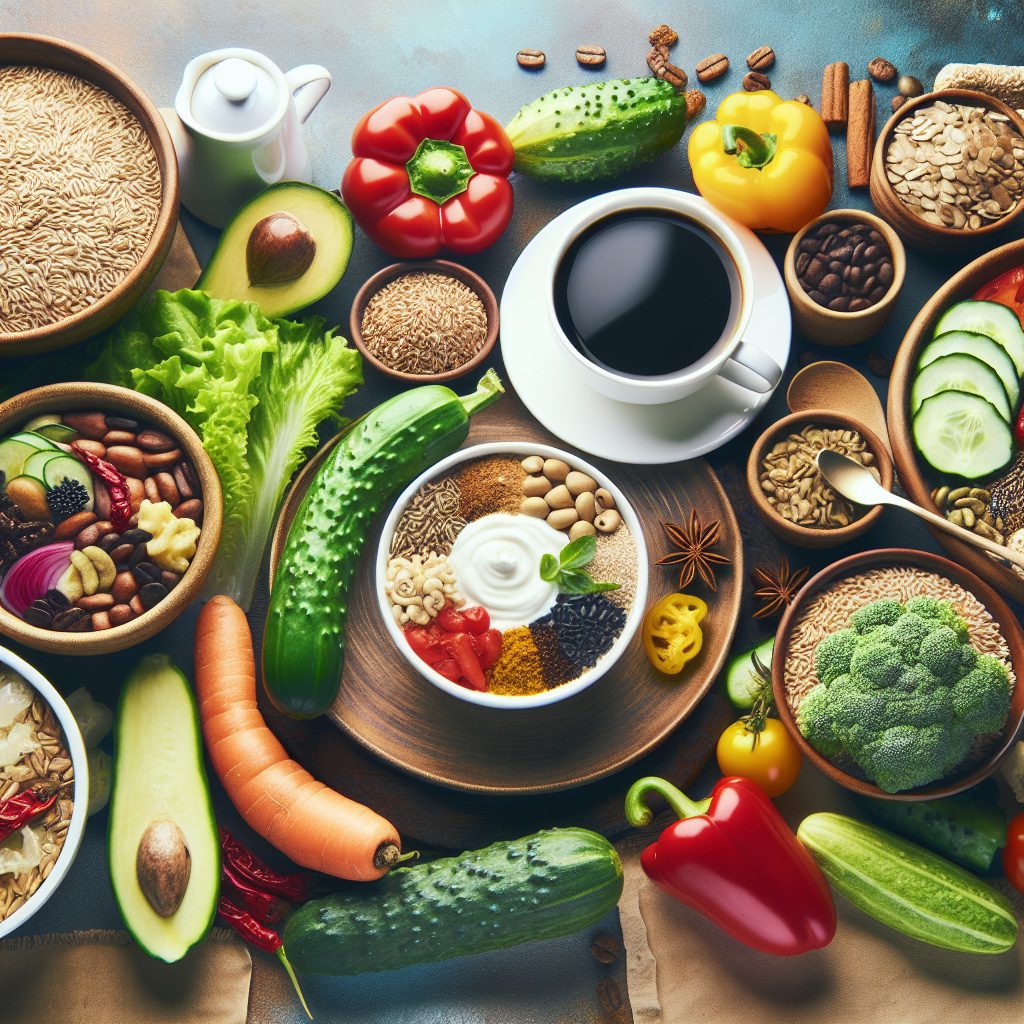Creating a Taste Symphony
Imagine that moment when a perfectly composed symphony begins to play – each note precisely where it should be, creating a harmony that’s greater than the sum of its parts. This is exactly what happens when you pair the right herbal tea with your meal. Just as a skilled conductor knows which instrument should lead at which moment, understanding tea pairing can transform your dining experience from simply satisfying to truly extraordinary. That cup of herbal tea sitting beside your plate isn’t just a beverage – it’s a flavor enhancer, a palate cleanser, and sometimes, the missing note that completes the entire taste experience. In Traditional Chinese Medicine (TCM), tea pairing goes beyond mere flavor combinations; it’s an ancient practice designed to create harmony between what you eat and drink, enhancing not only the taste but also your overall wellness. The Chinese have long understood that when the right tea meets the right dish, something magical happens – a dance of flavors that awakens the senses and nourishes the body simultaneously. Like finding the perfect musical accompaniment to a beautiful melody, discovering your ideal tea pairings can elevate everyday meals into memorable culinary experiences.
The Art and Science of Tea Pairing
When it comes to tea pairing, think of it as finding the perfect dance partner for your meal. The right herbal tea doesn’t compete with your food—it complements it, creating a beautiful taste symphony that enhances both elements. This practice isn’t just about personal preference; it’s rooted in centuries of Traditional Chinese Medicine wisdom that recognizes how different flavors work together to create balance.
Pairing Green Tea with Rich Foods
Green tea, with its refreshing astringency, works wonders when paired with fatty dishes. The slight bitterness cuts through the richness of braised pork belly or crispy duck, cleansing your palate between bites and making each mouthful taste as delightful as the first. This isn’t just delicious—it’s also practical. According to TCM principles, the cooling properties of green tea help balance the warming nature of rich meats, creating harmony within your digestive system.
Chrysanthemum tea offers another perfect example of thoughtful tea pairing. Its subtle floral sweetness and digestive benefits make it an ideal companion for heavier meals like roasted meats or stir-fried noodles. After enjoying a substantial dinner, this gentle brew helps ease digestion while providing a refreshing contrast to savory flavors. Many Chinese families serve chrysanthemum tea with rich restaurant meals, understanding that this pairing helps maintain digestive harmony.
For those who enjoy robust flavors, black tea stands as a powerful ally to hearty foods. Its bold character complements roast beef or lamb without being overwhelmed, while its tannins help break down proteins and enhance the dining experience. This is why afternoon tea traditions often feature black tea alongside substantial sandwiches and pastries—these foods simply taste better together.
As seasons change, so should your tea pairings. Spring calls for light floral teas that mirror the delicate flavors of early vegetables. Summer might find you enjoying iced herbal tea with fresh fruits, while autumn invites spiced teas that complement root vegetables. When winter arrives, rich dark teas pair beautifully with hearty stews, creating comfort from within. This seasonal approach to tea pairing aligns perfectly with the TCM belief that our bodies need different support throughout the year.
Understanding Chinese Tea Traditions
The cultural significance of Chinese tea traditions extends beyond taste alone. When you pair tea with food according to TCM principles, you’re not just creating pleasing flavor combinations—you’re participating in an ancient wellness practice. For instance, serving digestive teas for meals isn’t merely about taste preference; it’s about supporting your body’s natural processes. By selecting teas that enhance specific foods, you create a holistic eating experience that benefits both palate and body.
Enhancing Flavors With Intuition
Many tea enthusiasts discover that enhancing flavors with tea becomes an intuitive practice over time. You might notice that certain herbal teas naturally call to you when eating particular foods—this is your body’s wisdom guiding you toward balance. Listening to these subtle cues aligns perfectly with the practice of paying attention to your body’s signals, recognizing when a warming tea or a cooling infusion might best support your current state.
Your Tea Journey Awaits
Now that you’ve discovered the beautiful interplay between herbal tea and food, I encourage you to embark on your own flavor adventure. Tea pairing is not an exact science but rather a personal journey of discovery – one that invites creativity and mindfulness. Start simple by trying a cup of chrysanthemum tea with your next rich dinner, or perhaps experiment with a robust black tea alongside your Sunday brunch. Notice how the flavors dance together, how your digestion feels afterward, and how the entire dining experience transforms.
The beauty of incorporating herbal tea with food is that there are no strict rules – only guidelines inspired by centuries of wisdom. Listen to your body’s voice as you experiment. Does a certain tea make you feel balanced after a particular meal? Does another clear your palate in a way that enhances every bite? These personal discoveries are invaluable in developing your own tea pairing intuition.
Consider keeping a simple tea journal to record your favorite combinations. Perhaps you’ll find that tangerine peel tea brilliantly complements seafood dishes, or that a soothing cup of Sour Jujube Seed and Lily Tea provides the perfect ending to a busy day. These personal observations become your own guide to enhancing flavors with tea, tailored specifically to your unique preferences and needs.
Remember that in Chinese tea traditions, sharing tea is as important as the tea itself. Invite friends to join your exploration, creating memorable gatherings centered around discovering new tea and food combinations. There’s something deeply connecting about sharing these sensory experiences – discussing the subtle notes in a tea, how it transforms when paired with different foods, and how it makes each person feel.
This mindful approach to tea pairing aligns perfectly with making self-care a daily habit. Taking time to select and prepare the right tea for your meal becomes a moment of intentional wellness – a small but significant act of listening to your body’s needs and responding with nature’s remedies. Whether you’re seeking digestive support, flavor enhancement, or simply a moment of calm amid a busy day, the right herbal tea can provide exactly what you need.
As you continue exploring the world of tea pairings, you’ll likely find yourself more attuned to the subtle voices of your body, more appreciative of natural flavors, and more connected to the ancient wisdom that guides these practices. This journey toward balance through the simple act of pairing tea with food exemplifies the beauty of health – not as a destination, but as a daily practice of harmony between ourselves and nature.
I’d love to hear about your own tea pairing discoveries. What combinations have delighted your senses or supported your wellness? Share your experiences and let’s grow this community of tea enthusiasts together, celebrating the extraordinary power of the perfect sip with every meal.




